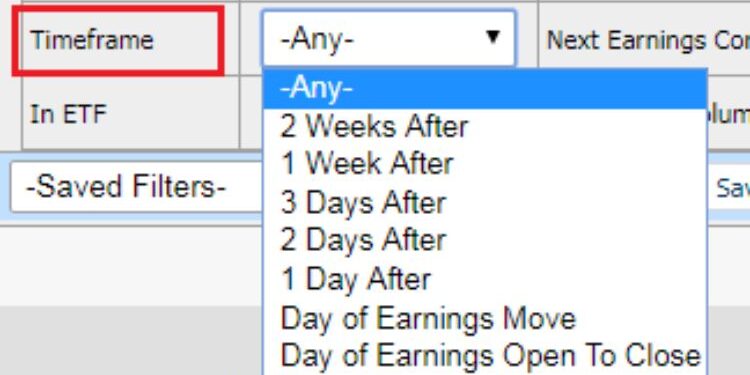Introduction:
As an investor, you want to make the most informed decisions possible when it comes to choosing which companies to invest in. One tool that can help you achieve this goal is an earnings calendar. An earnings calendar is a schedule of dates when publicly traded companies release their quarterly and annual earnings reports. By keeping track of these dates and analyzing the information contained in the reports, you can make more informed investment decisions.
What is an Earnings Calendar?
An earnings calendar is a schedule of dates when publicly traded companies release their quarterly and annual earnings reports. The calendar provides important information, such as the company’s earnings per share (EPS), revenue, and other relevant financial data. Additionally, the calendar includes information on earnings calls, which are conference calls held by companies to discuss their financial results with investors and analysts.
Why is an Earnings Calendar Important?
An earnings calendar is an important tool for investors for several reasons. Firstly, it allows investors to stay informed about the financial performance of publicly traded companies. By tracking the earnings reports and earnings calls, investors can gain valuable insights into a company’s financial health, future prospects, and potential risks.
Secondly, the earnings calendar can be used to identify potential investment opportunities. By analyzing the information in the calendar, investors can screen for companies with strong financial performance, which may indicate that the company’s stock price is likely to increase in the future.
Thirdly, the earnings calendar can help investors manage risk. By tracking the earnings reports and earnings calls, investors can identify potential risks, such as declining revenue or increasing costs. This information can help investors make informed decisions about when to buy, sell or hold a particular stock.
How to Use an Earnings Calendar:
- Track release dates: It’s important to stay up-to-date on the release dates of the companies you are interested in. Check the earnings calendar regularly and mark important dates on your calendar.
- Analyze the earnings reports: Once the earnings report is released, take the time to analyze the report and look for trends in the financial data. Look at the company’s revenue, net income, earnings per share, and other key financial metrics. Compare the results to previous quarters and years to identify any patterns.
- Listen to the earnings calls: Earnings calls can provide valuable insights into a company’s financial performance and future prospects. Take the time to listen to the call and pay attention to what the company’s management team is saying. Listen for any potential risks or challenges the company may face in the future.
Benefits of Using an Earnings Calendar:
- Stay Informed: By using an earnings calendar, you can stay up-to-date on the financial performance of the companies in which you are invested. This information can help you make more informed investment decisions.
- Identify Opportunities: The earnings calendar can be used to identify potential investment opportunities by screening for companies with strong financial performance.
- Manage Risk: By tracking the earnings reports and earnings calls, you can identify potential risks and make informed decisions about when to buy, sell, or hold a particular stock.
Conclusion:
In conclusion, an earnings calendar is an important tool for investors to stay informed about the financial performance of publicly traded companies. By tracking the earnings reports and earnings calls, investors can gain valuable insights into a company’s financial health, future prospects, and potential risks. It is essential for investors to use the information provided by an earnings calendar to make informed investment decisions.
FAQs:
What is an earnings call? An earnings call is a conference call held by a publicly traded company to discuss their financial results with investors and analysts. During the call, the company’s management team discusses the results, answers questions, and provides insights into the company’s future plans.










